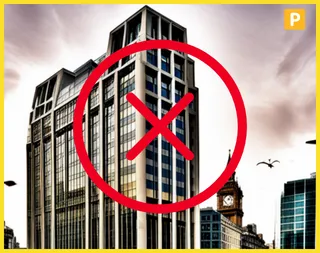Community Investment Revealed by UK’s Royal Bank Branch Closures
Community Investment Revealed by UK’s Royal Bank Branch Closures The closure of some branches of Royal Bank in […]
Community Investment Revealed by UK’s Royal Bank Branch Closures Read More »






